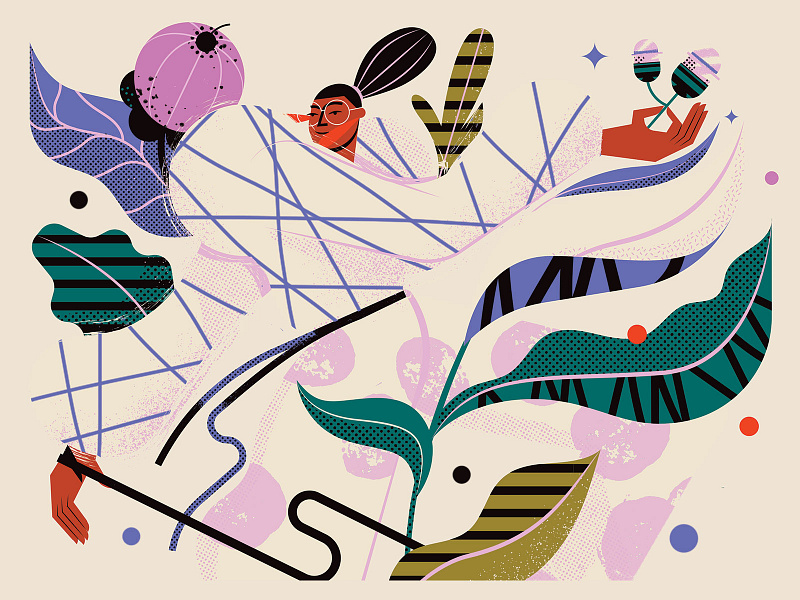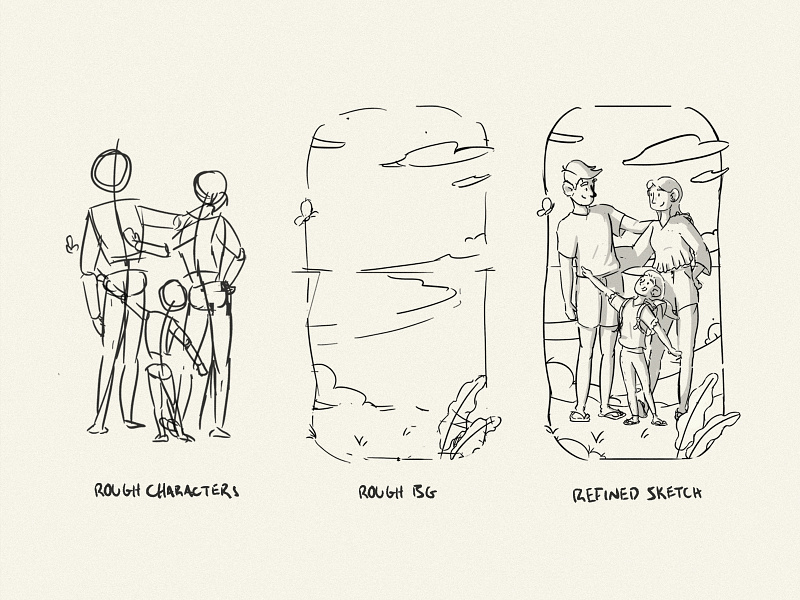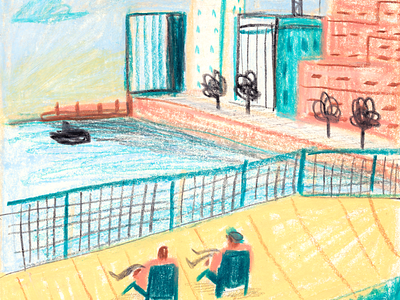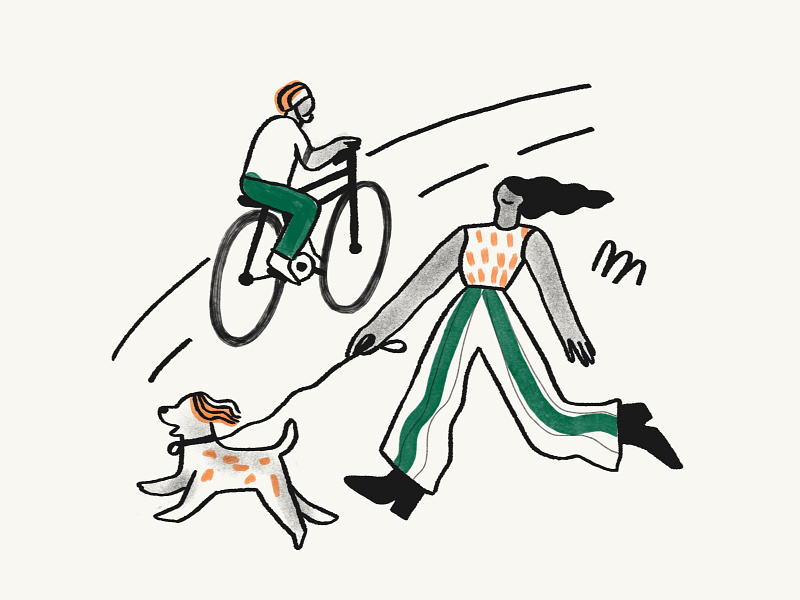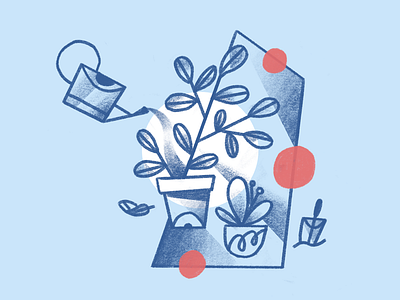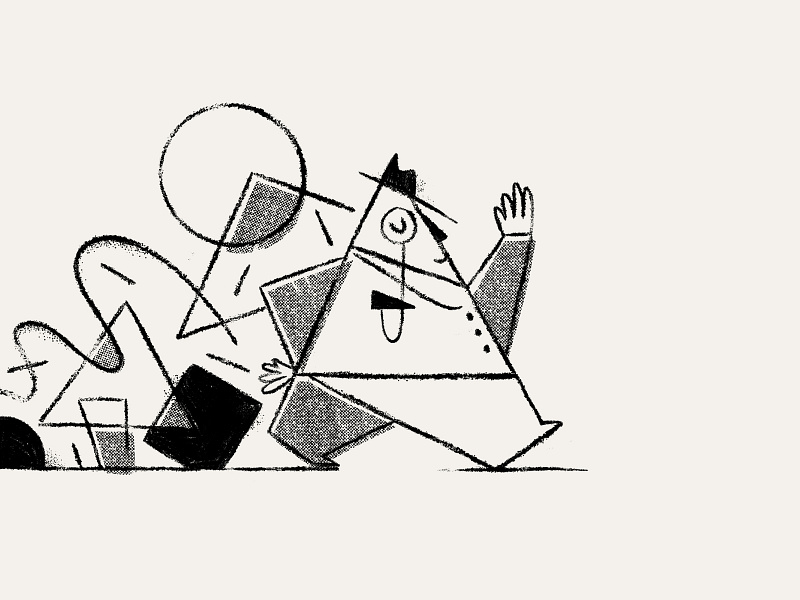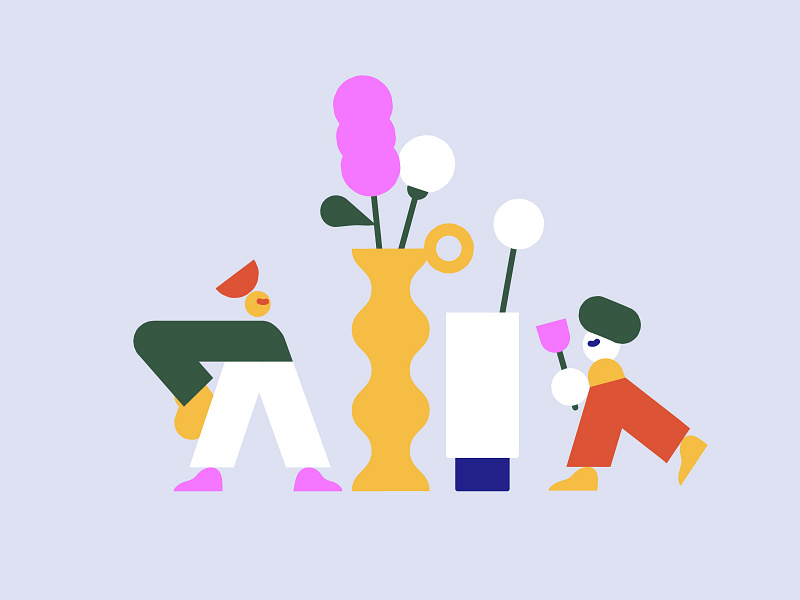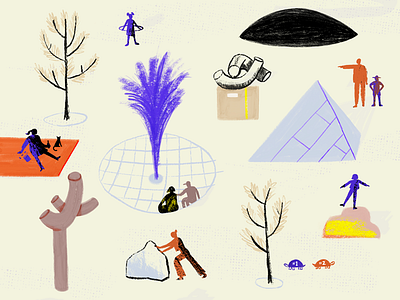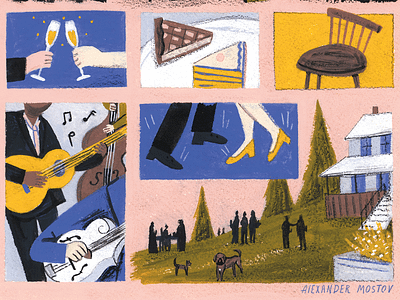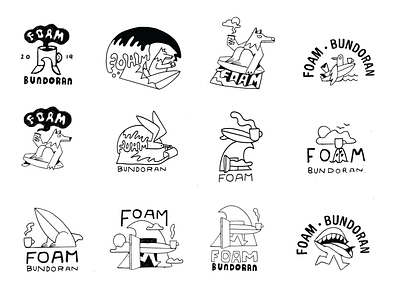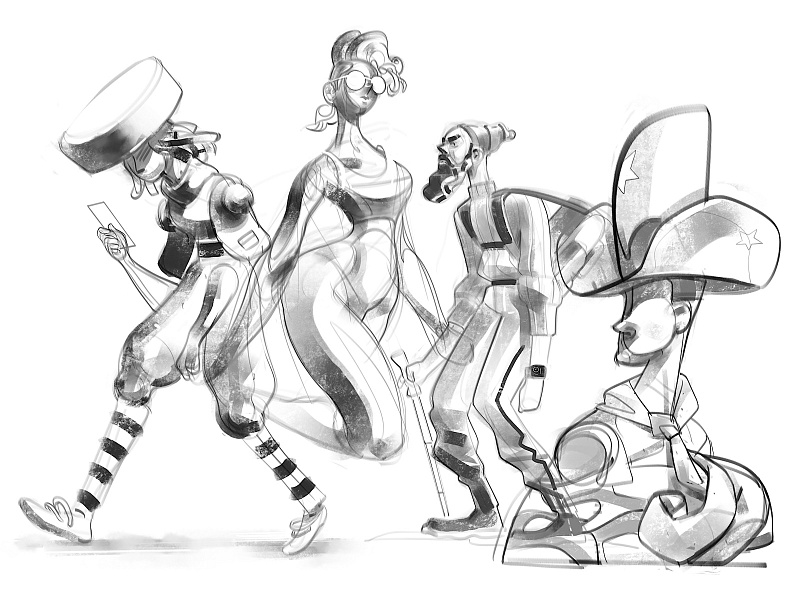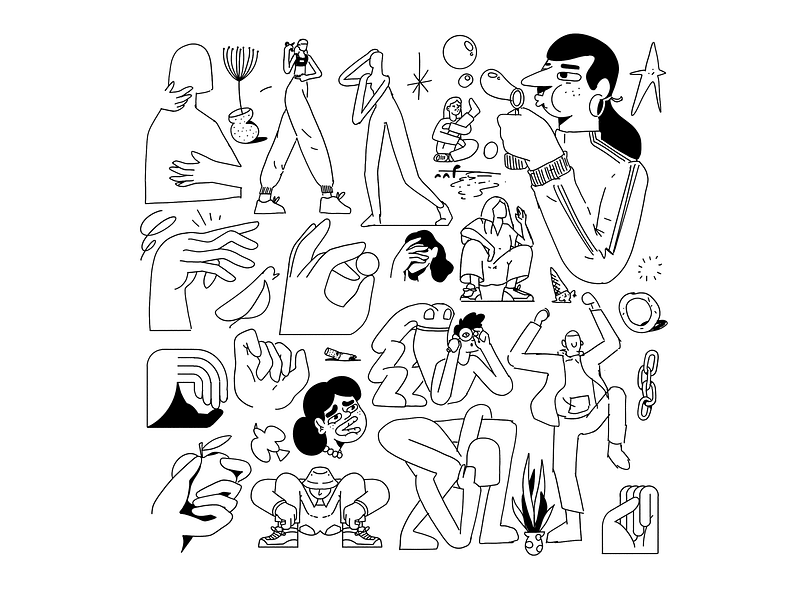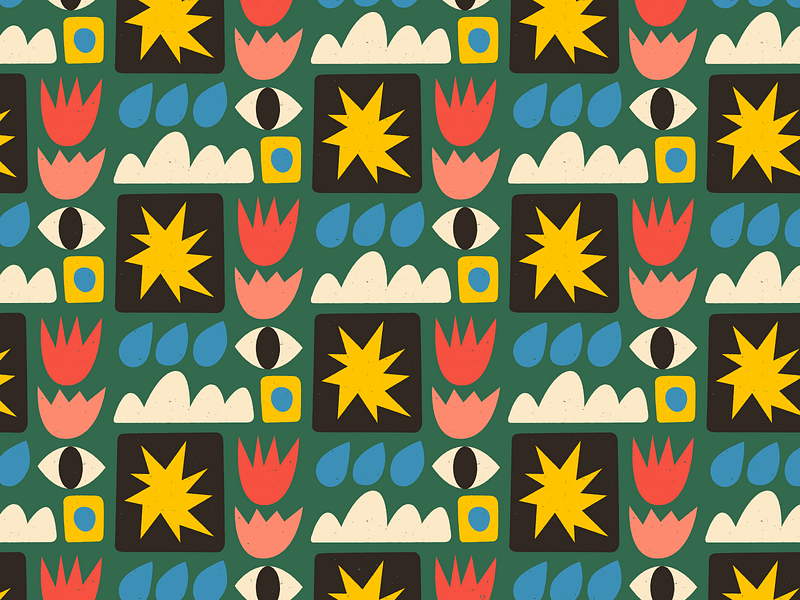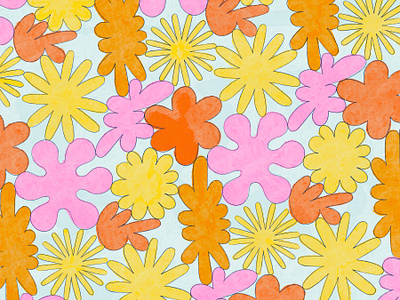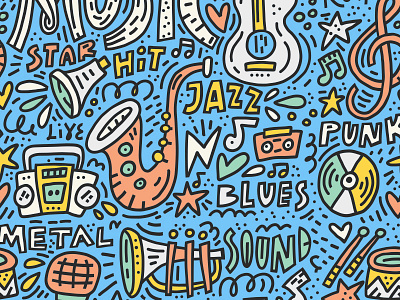Isn’t it one of the most frustrating things to have an idea in your mind without being able to bring it to life? A great idea is rarely enough, you must be able to put it into practice.
Whether you’re a beginner or an expert, many designers, artists, and illustrators strive to improve their drawing and sketching skills. So we have compiled a surefire list of five tips that will help you to improve your drawing skills right away.
Before starting, the first step should be to decide what your drawing goals are.
Want to improve your drawing skills in a particular area, such as characters, fonts, or focusing on details? Are you looking to learn more creative skills, discover your own illustration style, or draw more realistically? Perhaps you simply want to make drawing a habit.
Below we will outline 5 quick tips you can use to boost your drawing skills today.
Remember, no matter what your goal is, you must draw more regularly to improve. Learn how to get into a good habit and use these strategies to start improving your drawing skills.
1. Try a daily drawing challenge
To kick things off, try a daily drawing challenge for a week, a month, or even longer. You may want to get a sketchbook to keep with you at all times, in case you find yourself suddenly inspired by your surroundings. Some new supplies may also motivate you to get into a good drawing rhythm.
Practice sketching everyday objects while keeping your goals in mind. If your goal is to learn to draw realistically, try drawing a toothbrush with hyper-realistic details. Your skills will improve day after day, then you can start drawing more complicated subjects.
“When you sit yourself down, commit to drawing something for as little as five minutes, you start to see your subject in a totally different way.” — Tom Froese, Illustrator & Designer
Row 1: Jonathan Favari, Alexander Mostov, Radostina Georgieva.
2. Go back to basics with shapes
You probably learned how to draw shapes during your first few art classes and, once perfected, moved on from this practice as your skills developed. But almost everything you will ever draw like an artist can be made from shapes.
Shapes can help create realistic and consistent designs, create unique patterns, and utilize space effectively.
In order to better understand how they should execute a move, professional athletes often look at its components. To practice a difficult progression, musicians break it down into separate sections, then string them together. The same concept applies to drawing.
Start by practicing the shapes, and move on to what the shapes will create.
📌 Pro tip: A useful exercise is going through an old magazine with a marker and searching for shapes within images. Developing an eye for seeing shapes in everyday life will ultimately help you to become a better artist.
Row 1: Frederique Matti, Brianna Miller , ILLO.
3. Spend time looking for inspiration
If you’re in an art class or studying something you don’t usually draw, or browsing Dribbble for inspiration, stepping outside your comfort zone is always a good idea. Remember, if you’re not failing, you’re not learning.
Maybe you’ll find inspiration through an online drawing class, or YouTube tutorial, by visiting a new place, or listening to a different band.
You have to commit time and effort to improve your drawing skills. Imagine what you could achieve by taking a week of drawing classes.
Row 1: Alexander Mostov, Alexander Mostov.
4. Catalog your art and regularly revisit old pieces
Keeping track of your old artwork and drawings by filing them month-to-month or year-to-year is a great way to view your progress. If you draw daily, you may even see quite an improvement from the past few weeks.
By spending time reviewing your old work you can take notes on the progress you see, any style trends that are emerging, and look for areas that have the potential for improvement. You may also find some good pieces to share in your design and illustration portfolio and use them as case studies.
Revisiting past artwork can be an excellent way to reconnect with old styles or identify something you’d like to work on.
Row 1: Aron leah, Hurca!™, Valentin Galmand .
5. Create repeating patterns
In addition to starting with the basics (shapes), designing repeating patterns like icons, symbols, or other combinations of shapes can be a great exercise to practice your skills. Try using only circles, or creating a pattern with a variety of components.
Repeating a pattern across a page or all over a page helps develop fine motor skills and pen or brush control. It’s difficult to do without getting fatigued, but when it comes time to draw an intricate pattern, shape, or subject in the future, you’ll be prepared!
This skill also has real-life applications like wallpaper and textiles, so you could make something fun while you’re at it!
📌 Pro tip: Look for repeating patterns in your home or in nature and try replicating them within your sketchbook.
Row 1: Sebastian Abboud, Meg Lewis, Olga Zakharova.
Learn how to draw better today by applying these skills
Having an understanding of why drawing is important or why you want to get better in this area can be a great motivator to help you improve. Whether it supports your career or provides relaxation, you will only enjoy drawing even more if you dedicate time to improving your skills. Dribbble is a great place for inspiration to get you started! ■
![]() About the Author: Olivia Hoskin is a freelance writer with a background in tech and marketing. A true design fan at heart, you’ll find her writing about the latest industry trends, technologies, and the inspiring endeavors of fellow creators. She’s a champion of remote work, a lover of responsible technology, and a fitness geek and enjoyer of the outdoors in her spare time. Find her at oliviahoskin.com.
About the Author: Olivia Hoskin is a freelance writer with a background in tech and marketing. A true design fan at heart, you’ll find her writing about the latest industry trends, technologies, and the inspiring endeavors of fellow creators. She’s a champion of remote work, a lover of responsible technology, and a fitness geek and enjoyer of the outdoors in her spare time. Find her at oliviahoskin.com.
Find more Inspiration stories on our blog Courtside. Have a suggestion? Contact stories@dribbble.com.

